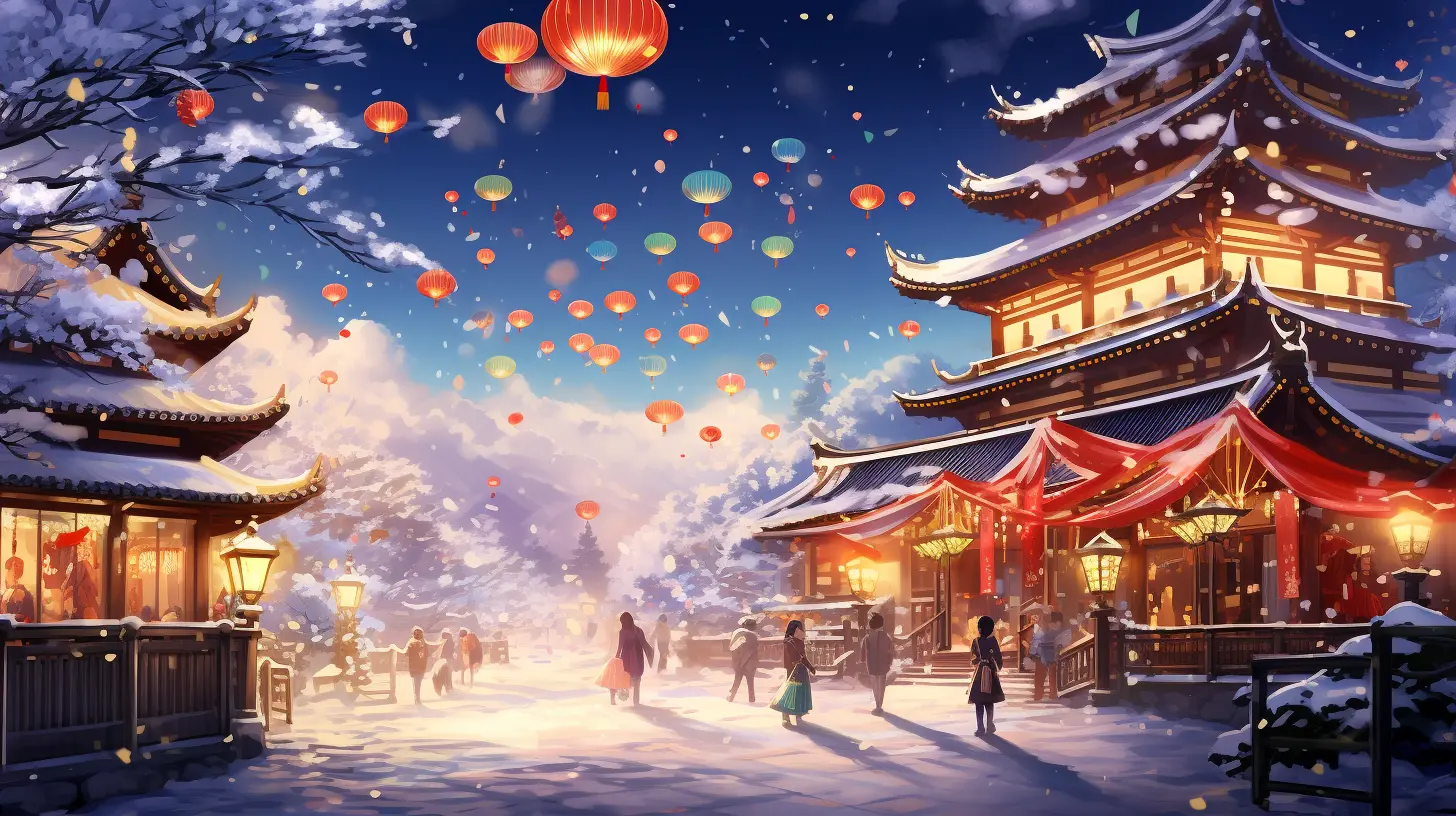Spring Festival: A Celebration of Joy and Tradition

Check out our Spring Festival Countdown!
The Spring Festival (Chinese New Year) is the most important traditional festival in Chinese culture. It marks the beginning of the lunar new year and is celebrated enthusiastically in China and around the world.
Origins and Significance
The history of Spring Festival celebrations dates back thousands of years. According to legend, a mythical beast called "Nian" would attack villages on New Year's Eve. People discovered that "Nian" was afraid of the color red and loud noises, which is why these elements became significant parts of the celebrations.
The Spring Festival originally stemmed from sacrificial activities in ancient agricultural societies. It is not only a celebration of the new year but also an important traditional cultural festival symbolizing the farewell to the old and the welcoming of the new, as well as family reunions. In 2024, the Spring Festival was included in UNESCO's list of Intangible Cultural Heritage of Humanity, reflecting its profound cultural significance.
Influenced by the Chinese character cultural sphere, the Spring Festival is also an important holiday in Southeast Asian regions with significant Chinese populations, such as Laos, Thailand, Singapore, Malaysia, Indonesia, and the Philippines. In mainland China, Hong Kong, Macau, Taiwan, Singapore, Malaysia, Indonesia, the Korean Peninsula, Vietnam, the Philippines, Mauritius, and Suriname, the lunar new year is a public holiday. The Chinese New Year parade in Manhattan's Chinatown is the largest Chinese New Year event outside of Asia.
Traditional Customs
Red Envelopes
One of the most popular traditions is giving red envelopes. Typically, married couples give red envelopes filled with money to children and unmarried young people, symbolizing good luck and blessings for the new year. In modern society, electronic red envelopes have also become increasingly popular.
Reunion Dinner
The reunion dinner on New Year's Eve is considered the most important meal of the year. Family members gather together to enjoy traditional foods that carry symbolic meanings:
- Fish - symbolizes abundance
- Dumplings - symbolizes wealth
- Spring rolls - symbolizes fortune and new beginnings
- Glutinous rice balls - symbolizes family unity
- Rice cake - symbolizes progress and growth
Festival Decorations
During the Spring Festival, people decorate their homes with various traditional decorations:
- Red lanterns - symbolize prosperity
- Couplets - express new year blessings
- Window flowers - enhance the festive atmosphere
- Upside-down "Fu" character - symbolizes good fortune arriving
Other Customs
- Staying up late - families stay up together on New Year's Eve, symbolizing the farewell to the old and the welcoming of the new
- New Year greetings - extending new year wishes to friends and family
- Setting off firecrackers - to ward off evil spirits and welcome good fortune
- Dragon and lion dances - to pray for good luck and prosperity
Modern Celebration Methods
While maintaining traditional elements, modern Spring Festival celebrations are also evolving:
- Sending electronic red envelopes through mobile payment platforms
- Achieving virtual reunions through video calls
- Modern interpretations of traditional customs
- International celebrations in major cities around the world
Setting the Spring Festival Countdown
Check out our Spring Festival Countdown!
Conclusion
The Spring Festival remains a vibrant holiday that embodies family, tradition, and hope for the future. Whether celebrated in traditional or modern ways, it continues to connect people, spreading joy across generations and cultures.
The specific date of the Spring Festival changes every year according to the lunar calendar.